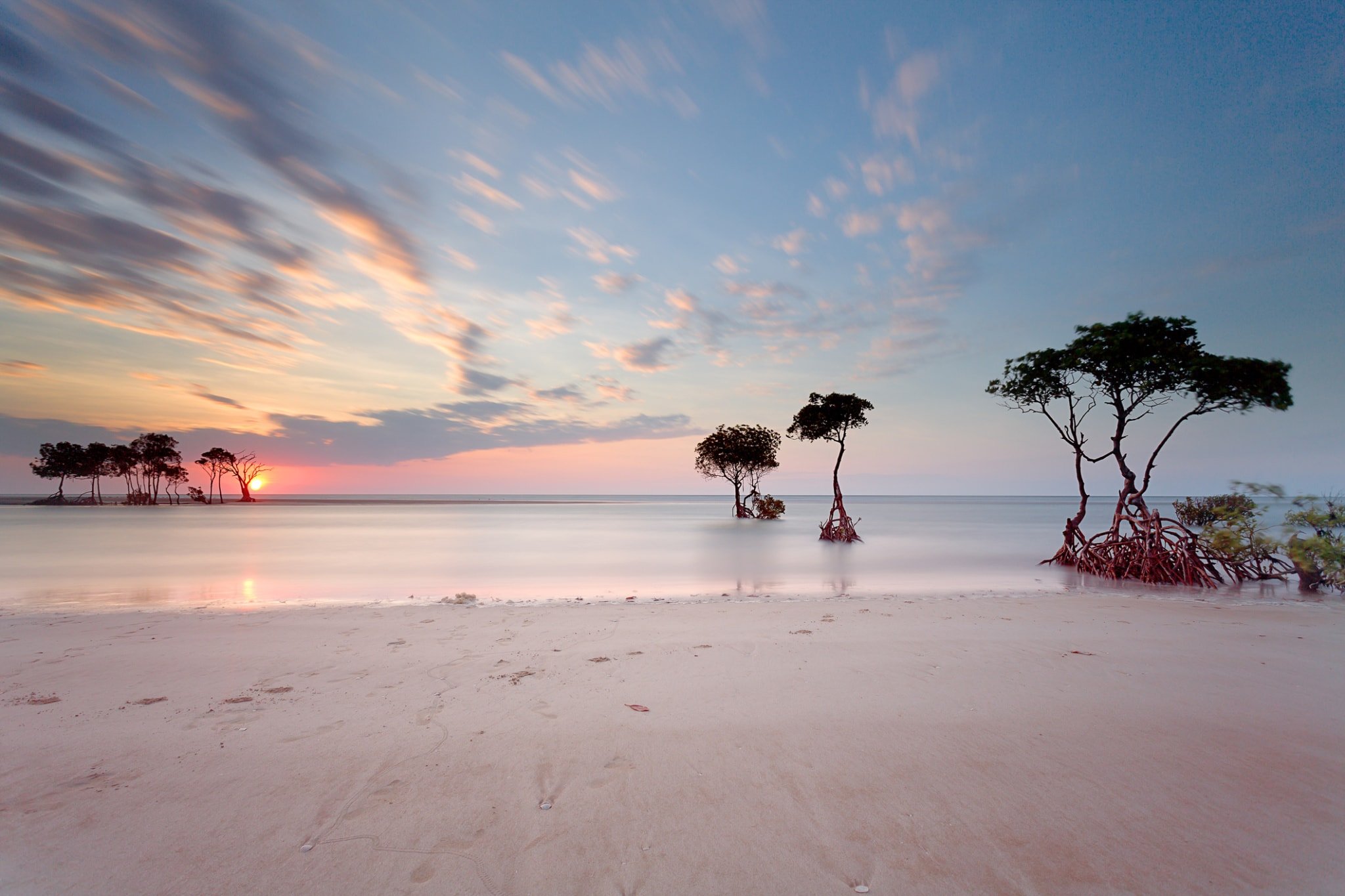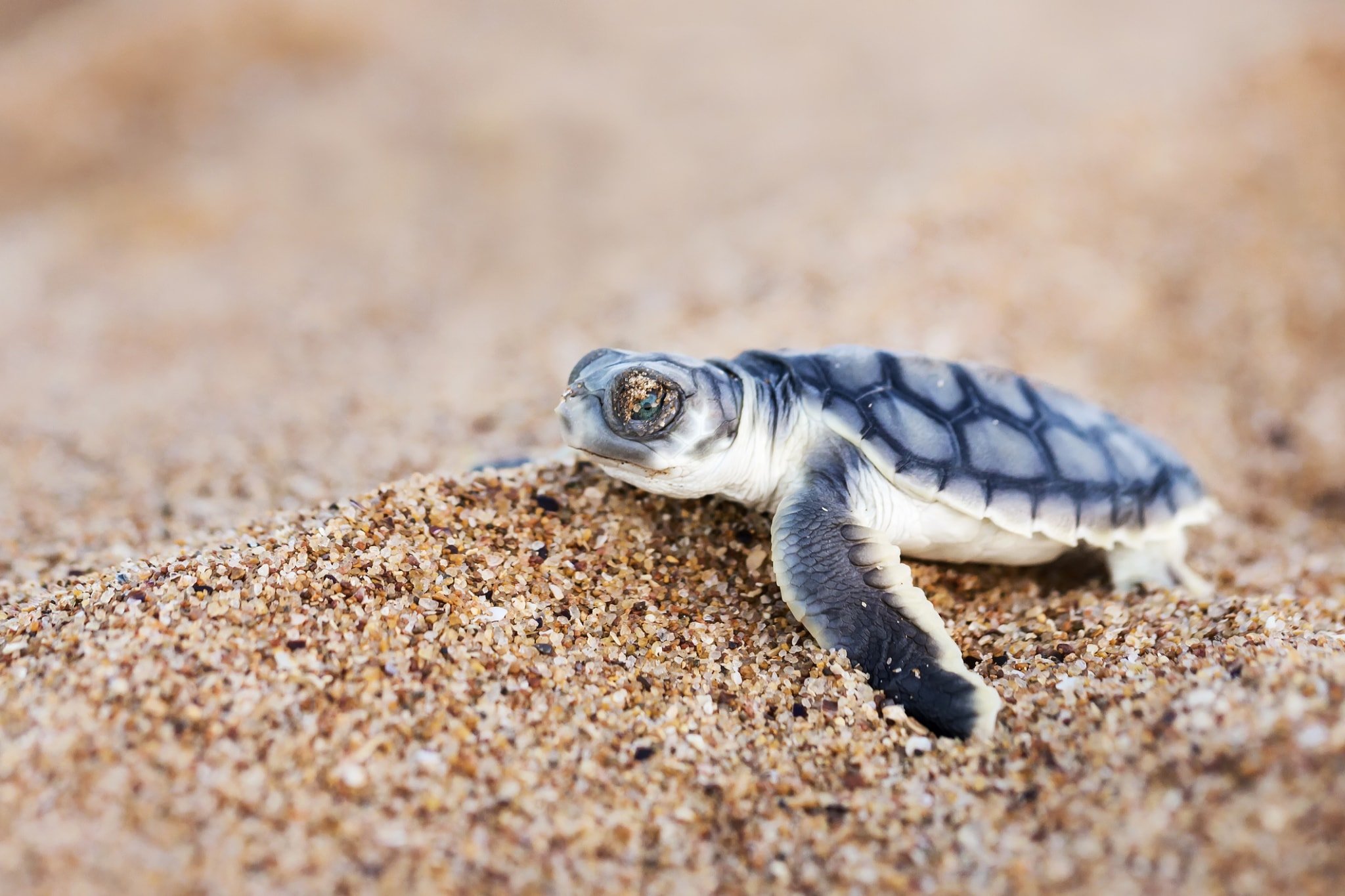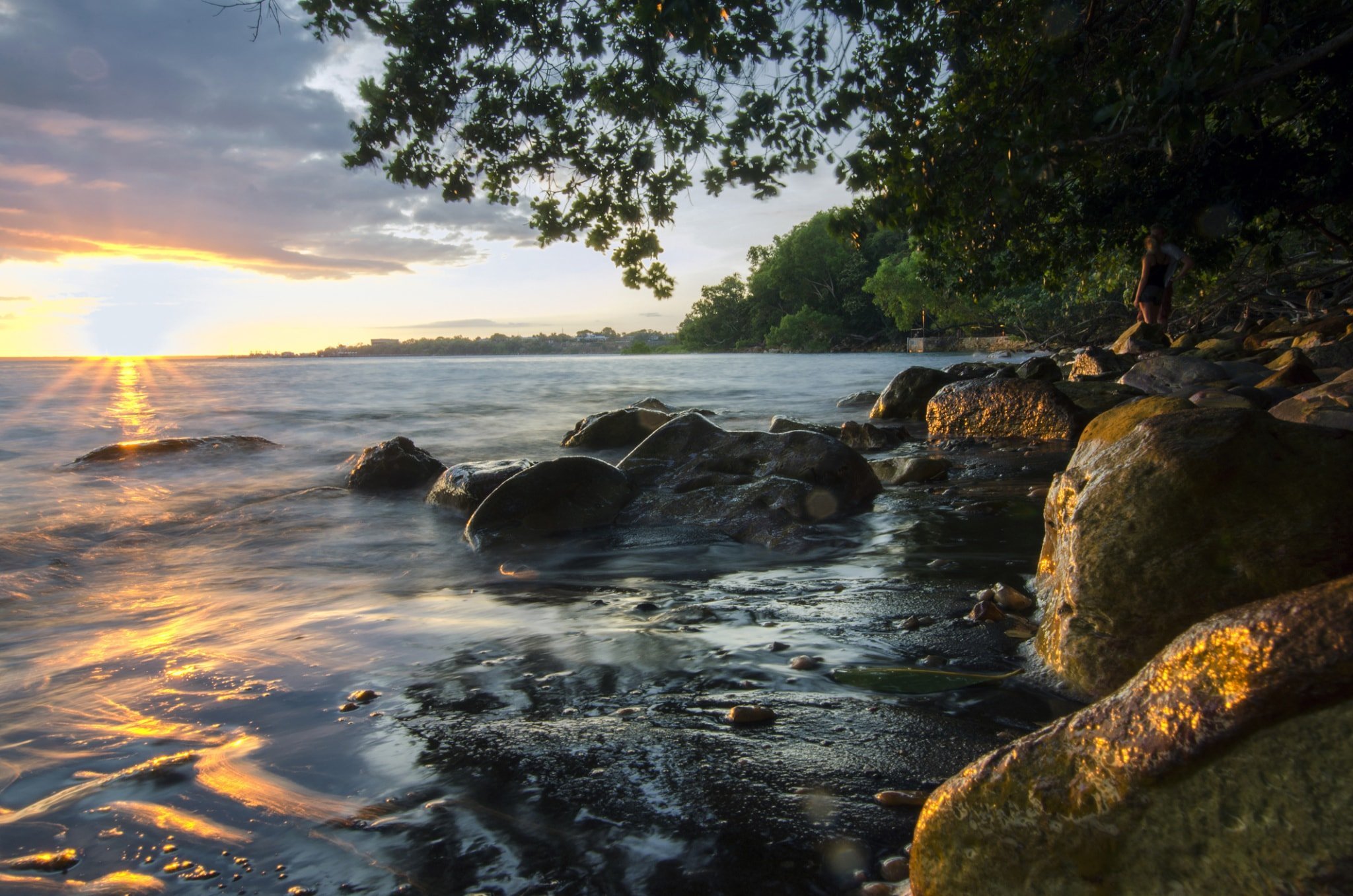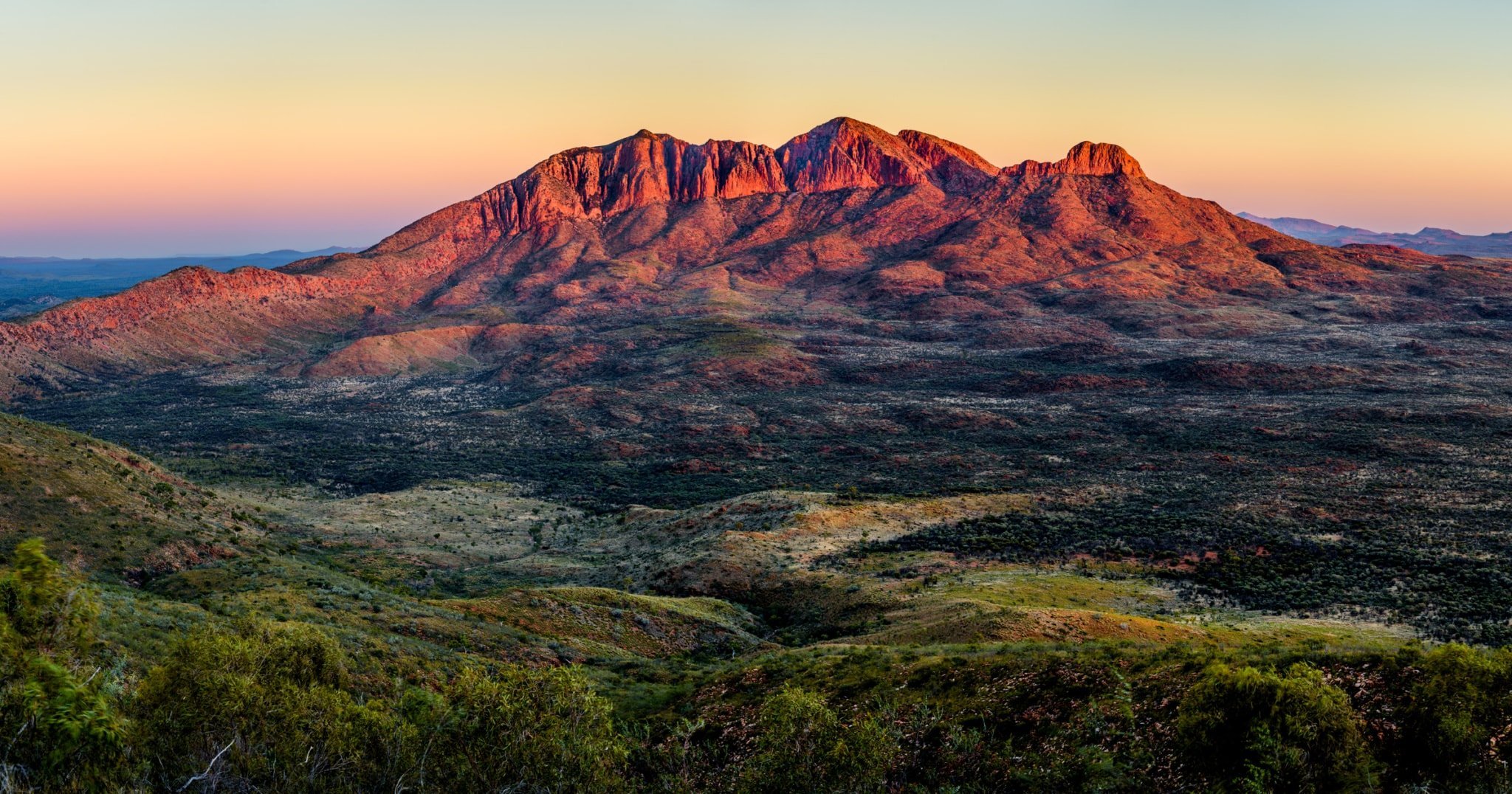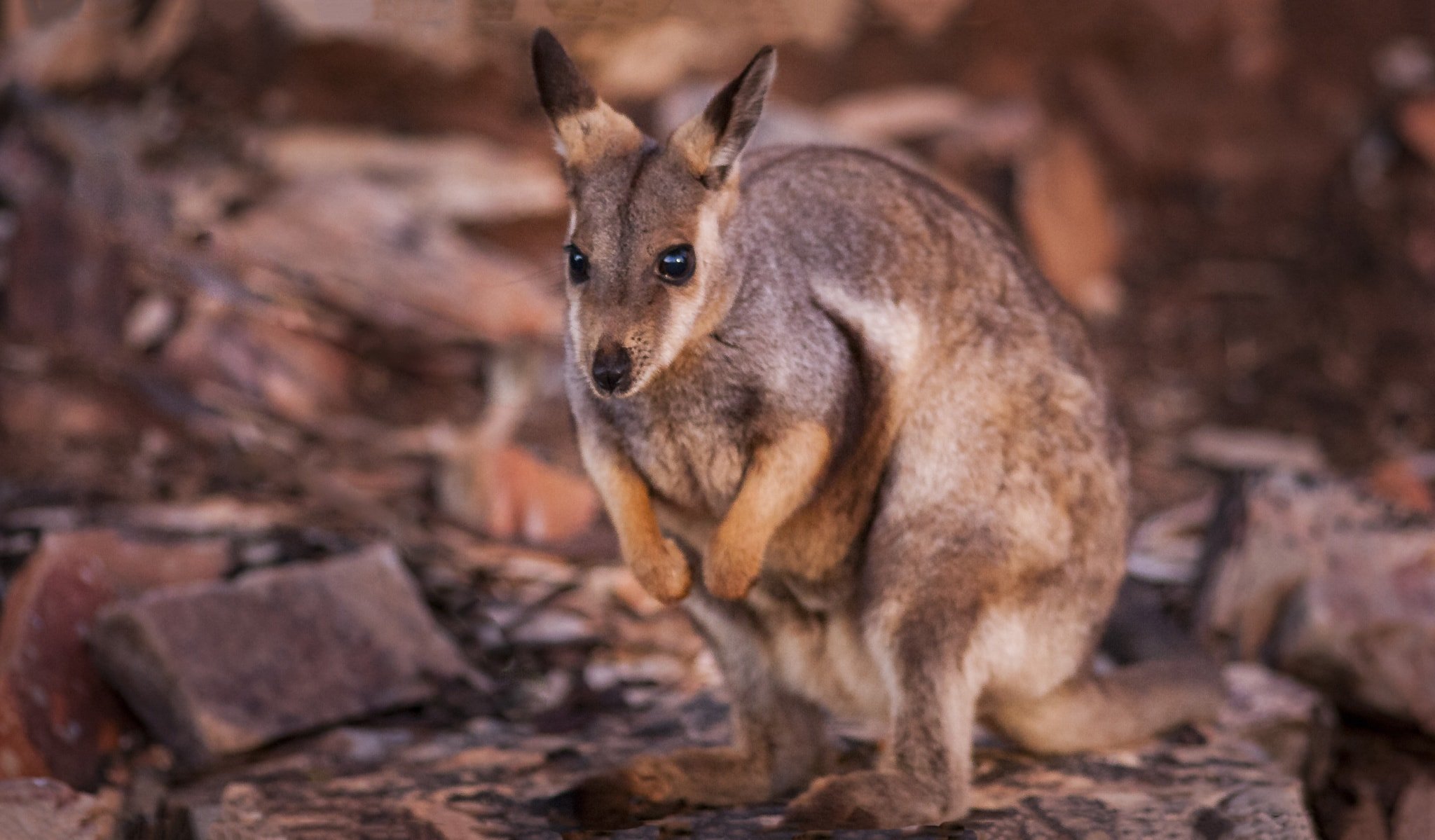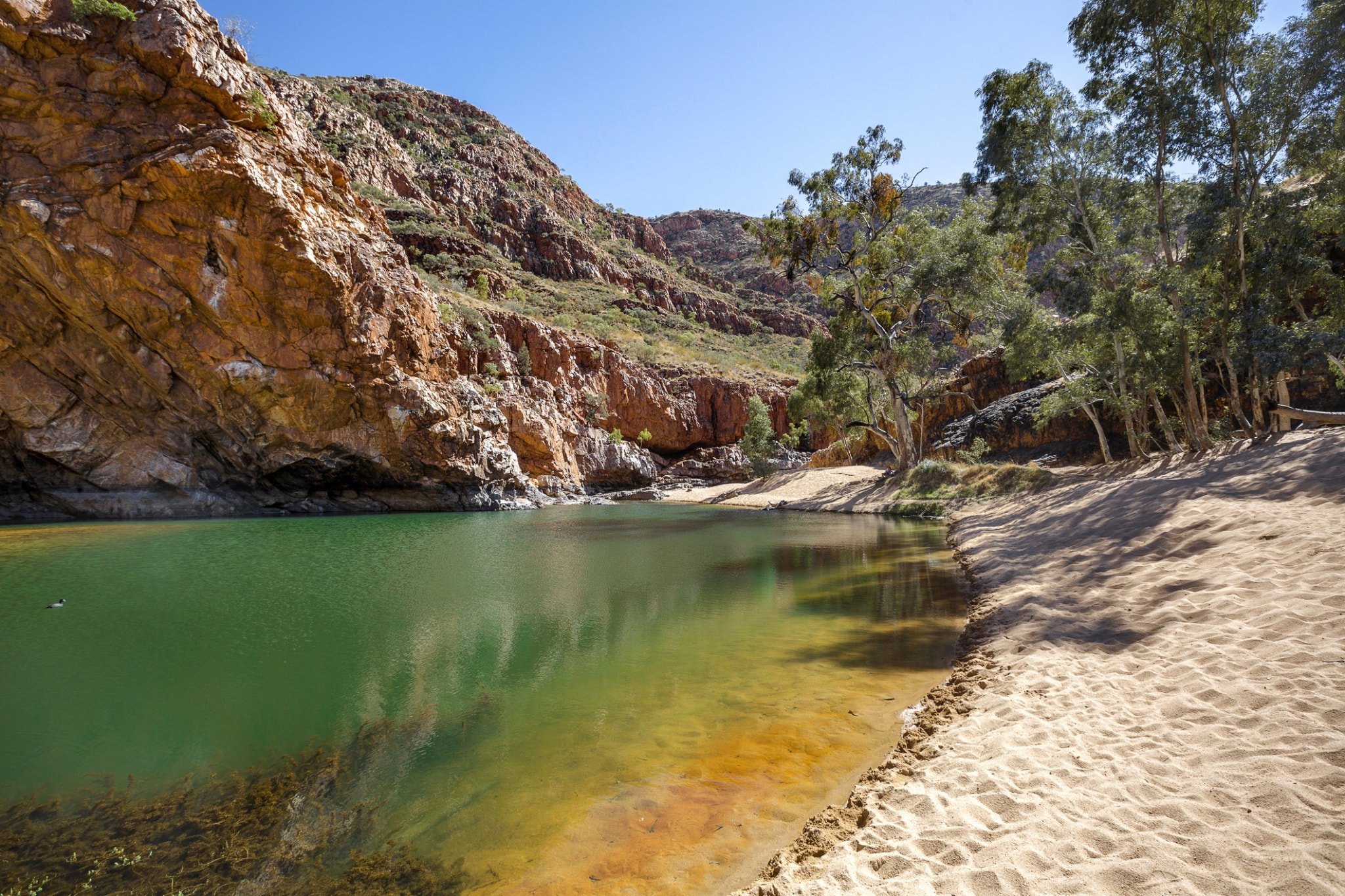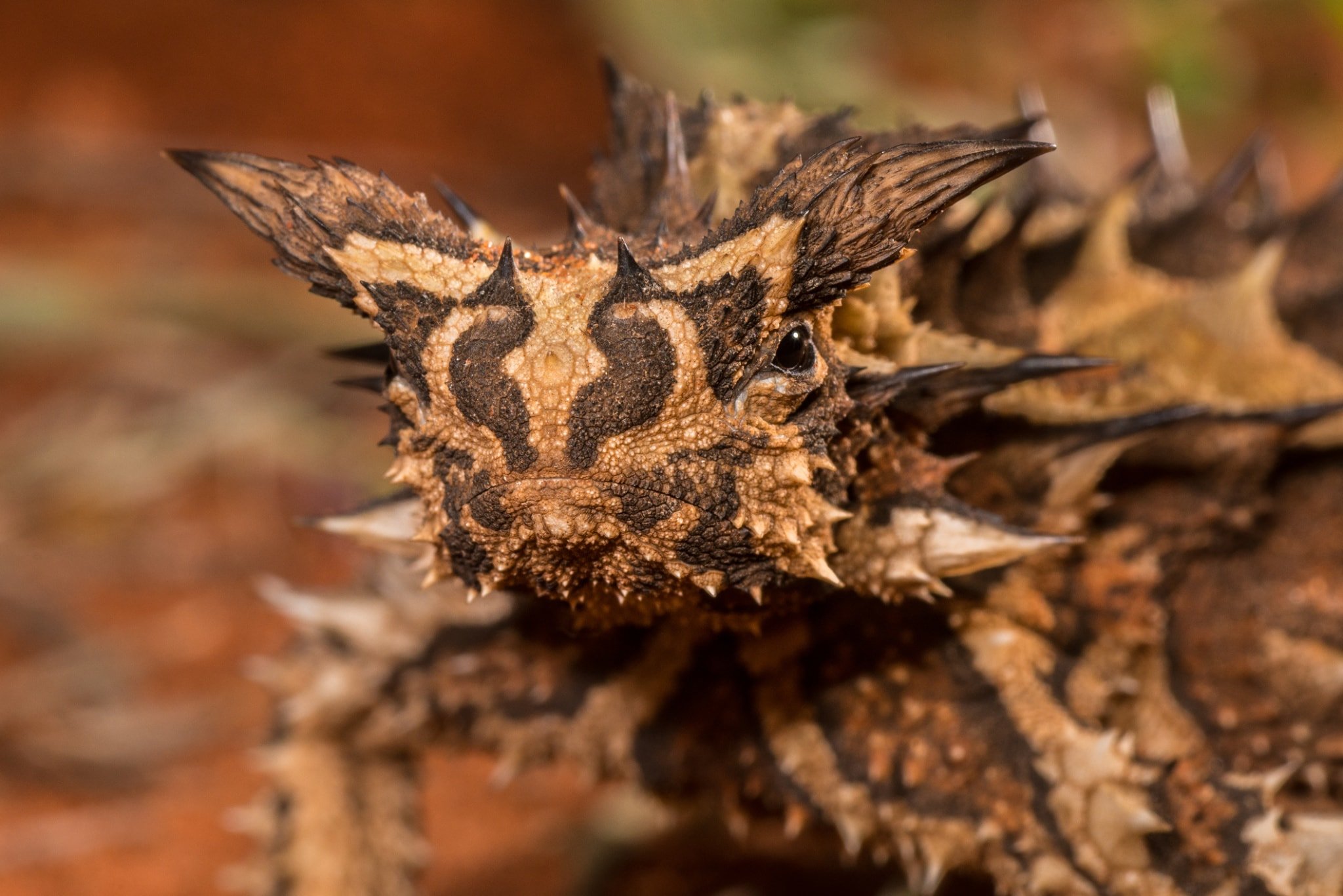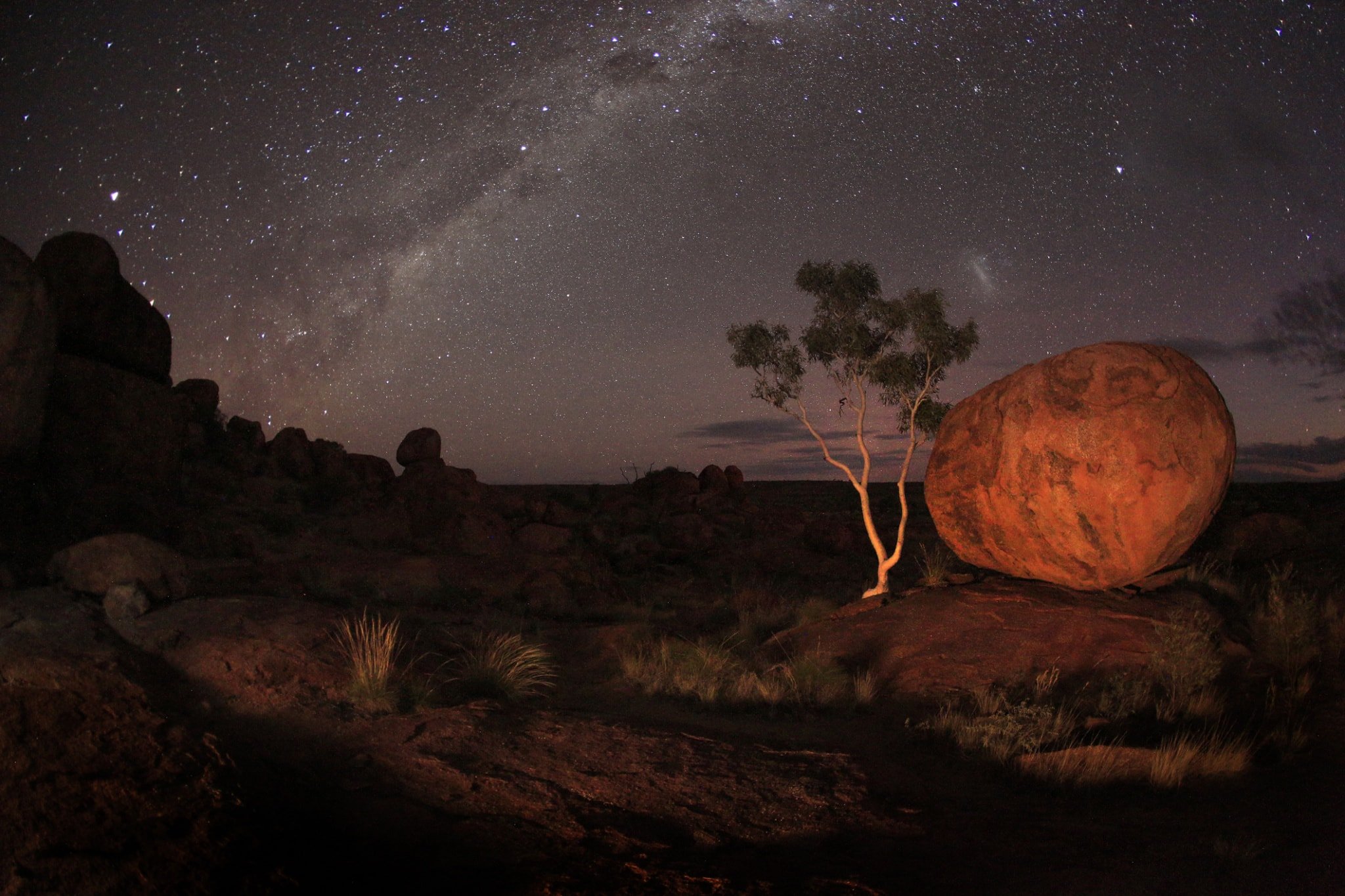Dreaming of a Top End break

This article is brought to you by Tourism Northern Territory.
Darwin and surrounds
If you’re yearning for a winter escape or coastal getaway, head to Darwin, renowned for its year-round balmy weather and blue-ocean expanse. You can watch baby turtles find their way back to the big blue with Sea Darwin, hand feed the fish at Doctors Gully with Aquascene, or have your photo taken with a python at the Territory Wildlife Park.
With Sea Darwin you’ll visit the Bare Sand Island turtles on their terms. A fast boat ride from Darwin Harbour will take you past historic Charles Point into Bynoe Harbour, arriving at remote Bare Sand Island, a key Australian nesting ground for flatback and olive ridley turtles.
Explore the island with Team Turtle, learn about the turtles, and the unique war history and Larrakia stories as you experience day turning to night with the backdrop of one of those famous Top End sunsets. After twilight fades, you’ll be taken on a guided walk to witness the egg laying. For those who take this adventure late in the season you may witness the eruption of hatchlings from their home under the warm sand.
The kids will love hand-feeding mullet and milkfish in the heart of Darwin. Many other species including catfish, rays, cod, diamond fish and parrot fish are often also be seen in the shallows if you watch carefully. Darwin Harbour is subject to tide movements of up to 8m and the fish that visit Aquascene can only come to the shore for a few hours each day, and then return to sea with the tide.
At the Territory Wildlife Park you can see the Top End of Northern Australia in four hours rather than four days.
The park gives visitors authentic and up-close encounters with the animals and plants of the Top End. The Park is a mix of zoo-type exhibits and natural bush, with attractions spread out around a 4km loop road linked with free shuttle trains and natural walking paths. The park is a 45 minute drive south of Darwin city adjacent to the Berry Springs Nature Park.
Walk through treetop aviaries, stroll around a natural lagoon and walk into the tunnel beneath an aquarium and stand nose to nose with a 4m saltwater crocodile. The Monsoon Forest Walk goes through an area supported by the springs that flow into Berry Creek, which is traditionally significant to the local Aboriginal people.
The Red Centre
Set against the spectacular backdrop of our ochre-coloured outback, the Alice Springs Desert Park is home to a unique collection of wildlife, from the barking spider (seriously) to the perentie, the grand old daddy of the reptile world (he’s Australia’s largest lizard), and even dragons (yep that’s right kids). There are bilbies and brush-tailed bettongs, emus and red kangaroos, and the birds of prey… let’s just say, don’t miss their daily show and bring your nerve!
To immerse yourself further, join the Living Desert Experience where you’ll share the knowledge, walk the land and unlock the mysteries of country with expert local guides. Starting with a breakfast campfire you’ll then learn hunting and gathering techniques and see the country and its plants and animals with fresh, honed eyes.
For the night owls among us, the Nocturnal Tour takes you inside the Mala Walk, a large predator-proof enclosure located in the foothills of the MacDonnell Ranges. Here an expert guide will help you spotlight endangered animals including the bilby, echidna and mala, and watch their natural night-time antics.
For fans of animals that hiss and slither, the Alice Springs Reptile Centre is home to more than 100 reptiles that are rare, impossible, or undesirable to come across in the wild.
Enter the Gecko Cave to see the different species of this diminutive and shy lizard from around Alice Springs, the Barkly Tablelands and the Top End. See Terry the saltwater crocodile through glass, giving you a glimpse into his underwater world. See frillneck lizards and desert-dwelling thorny devils.
Handle a python or see the lizards being fed. Some of the world’s most venomous snakes, including inland taipans, brown snakes, death adders and mulga (king brown) snakes are on display safely behind glass.
If you prefer fur over scales, visit the The Kangaroo Sanctuary Alice Springs, a 188-acre wildlife sanctuary for rescued orphaned baby kangaroos and adult kangaroos. The sanctuary’s mission is to educate and encourage people to rescue and care for kangaroos and other wildlife. Join a sunset tour to meet the sanctuary’s kangaroo family and hold a baby ‘roo.
Not too far away from the centre is Simpsons Gap, which features the towering cliffs of Simpsons Range, a permanent waterhole, and opportunities to see the local wildlife.
At dawn and dusk you might see black-footed rock-wallabies along the easy walking track into the gap. Vegetation typical of the MacDonnell Ranges is found in the area, including large stands of mulga and over 40 rare and relict plants.
Known as Rungutjirpa to the Arrernte Aboriginal people, Simpsons Gap was the mythological home of a group of giant goanna ancestors. Several dreaming trails and stories cross at this important spiritual site.
There are also many short walks that pass the native plants of the area including ancient ghost gums and to views of the range. You can also stretch your legs on a longer path – Simpsons Gap is located on the Larapinta Trail, a 223km-long walking track through the West MacDonnell Ranges. From Simpsons Gap you can walk Sections 1 or 2.
About 150 clicks down the road is Glen Helen Gorge: pack your swimmers and joggers to explore the area’s crags and splash about in its secret waterholes. Start at Standley Chasm and follow the 20-minute walking trail to the gorge. You might even spy a wallaby. Ellery Creek Big Hole is 60km down the road, and the perfect spot for a swim – you can also take a dip at Serpentine and Ormiston gorges.
This article is brought to you by Tourism Northern Territory.
Head to the Top End for more incredible and quintessentially Northern Territory nature and wildlife experiences.
